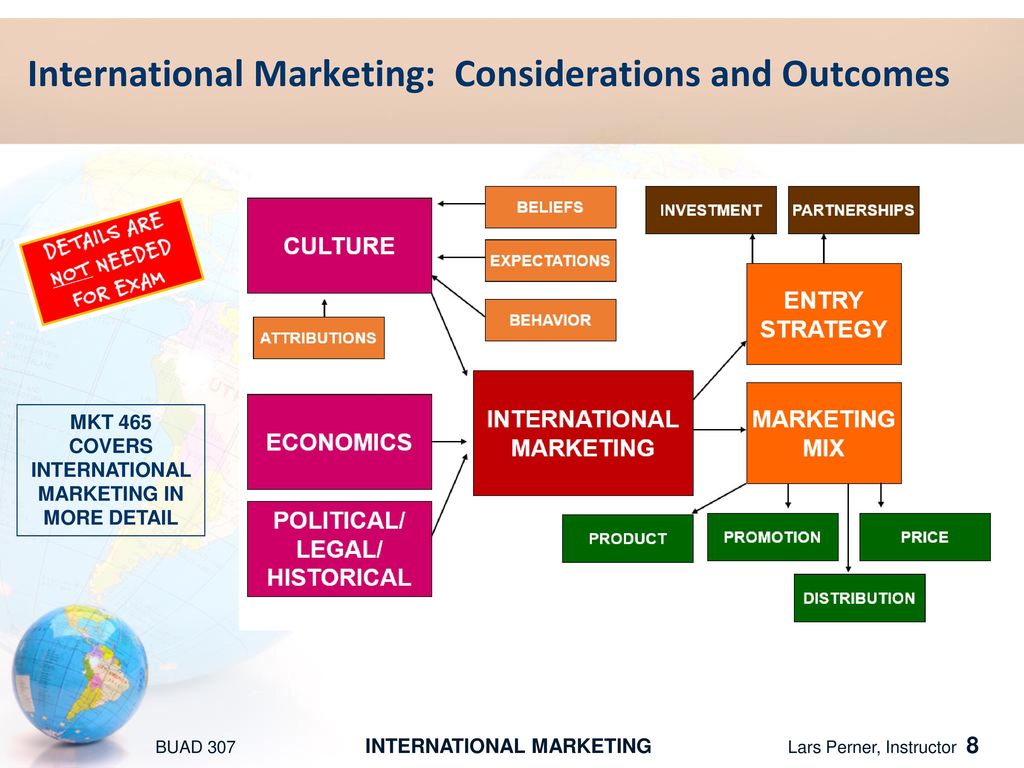Technical Products Inc. (TPI) was incorporated in 2000 as a product development and contract manufacturing company with core competencies in the following technical areas:
What differentiates TPI from other engineering companies is our internal structure. In addition to our exceptional engineering staff, TPI works with a consortium of over 50 individual consultants and over 20 small high technology companies. These external resources supplement the engineering and development function with expertise in areas such as software development, PC board builds and electronics design. TPI forms product development teams by project and cross feeds work and resources which enables it to level out the natural rhythm of each individual's business cycle. What does this mean to our clients? Low overheads and reduced rates, making TPI very cost competitive.
Our goal is to serve our customers with the utmost respect and care. We honor that commitment by supplying technologically-innovative solutions in the most economical, market-efficient manner possible and giving our customers the competitive advantage they need to succeed. Ultimately, this "one-stop shopping" improves your competitive position at minimum risk and cost.
Our customer service personnel are on call 24 hours a day to serve your needs. We not only welcome, but we also encourage all potential and existing customers into our facility to scrutinize our employees, manufacturing methods, engineering practices and products.
If you have any questions or if you'd like to find out how we can assist you with your engineering or manufacturing needs, please contact us.
∫ About TPI ∫ Contact ∫ Site Map ∫ Links ∫ Home
Copyright© 2005-2010 Technical Products, Inc. 50 Pratt’s Junction Road Sterling, MA 01564 (P): 978-422-3400 (F): 978-422-3422
Please fill out the form below to contact us regarding our services and how they apply to you.
Bold fields are required.
Name:
Company Name:
Address 1:
Address 2:
City:
State: Select a State/Province---------------AL - AlabamaAK - AlaskaAZ - ArizonaAR - ArkansasCA - CaliforniaCO - ColoradoCT - ConnecticutDE - DelawareDC - District of ColumbiaFL - FloridaGA - GeorgiaHI - HawaiiID - IdahoIL - IllinoisIN - IndianaIA - IowaKS - KansasKY - KentuckyLA - LouisianaME - MaineMD - MarylandMA - MassachusettsMI - MichiganMN - MinnesotaMS - MississippiMO - MissouriMT - MontanaNE - NebraskaNV - NevadaNH - New HampshireNJ - New JerseyNM - New MexicoNY - New YorkNC - North CarolinaND - North DakotaOH - OhioOK - OklahomaOR - OregonPA - PennsylvaniaRI - Rhode IslandSC - South CarolinaSD - South DakotaTN - TennesseeTX - TexasUT - UtahVT - VermontVA - VirginiaWA - WashingtonWV - West VirginiaWI - WisconsinWY - Wyoming---------------AE - Armed Forces AfricaAA - Armed Forces Americas (except Canada)AE - Armed Forces CanadaAE - Armed Forces EuropeAE - Armed Forces Middle EastAP - Armed Forces Pacific---------------AB - AlbertaBC - British ColumbiaMB - ManitobaNB - New BrunswickNL - Newfoundland and LabradorNT - Northwest TerritoriesNS - Nova ScotiaNU - NunavutON - OntarioPE - Prince Edward IslandQC - QuebecSK - SaskatchewanYT - Yukon---------------AS - American SamoaFM - Federated States of MicronesiaGU - GuamMH - Marshall IslandsMP - Northern Mariana IslandsPW - PalauPR - Puerto RicoVI - Virgin Islands---------------XX - Other State/Province/Territory
Zip/Postal Code:
Country: Select a Country---------------US - United StatesCA - Canada---------------AF - AfghanistanAL - AlbaniaDZ - AlgeriaAS - American SamoaAD - AndorraAO - AngolaAI - AnguillaAQ - AntarcticaAG - Antigua and BarbudaAR - ArgentinaAM - ArmeniaAW - ArubaAU - AustraliaAT - AustriaAZ - AzerbaijanBS - BahamasBH - BahrainBD - BangladeshBB - BarbadosBY - BelarusBE - BelgiumBZ - BelizeBJ - BeninBM - BermudaBT - BhutanBO - BoliviaBA - Bosnia and HerzegovinaBW - BotswanaBV - Bouvet IslandBR - BrazilIO - British Indian Ocean TerritoryBN - Brunei DarussalamBG - BulgariaBF - Burkina FasoBI - BurundiKH - CambodiaCM - CameroonCV - Cape VerdeKY - Cayman IslandsCF - Central African RepublicTD - ChadCL - ChileCN - ChinaCX - Christmas IslandCC - Cocos (Keeling) IslandsCO - ColombiaKM - ComorosCG - CongoCD - Congo, Democratic Republic of theCK - Cook IslandsCR - Costa RicaCI - Cote d'IvoireHR - CroatiaCU - CubaCY - CyprusCZ - Czech RepublicDK - DenmarkDJ - DjiboutiDM - DominicaDO - Dominican RepublicTP - East TimorEC - EcuadorEG - EgyptSV - El SalvadorGQ - Equatorial GuineaER - EritreaEE - EstoniaET - EthiopiaFK - Falkland Islands (Malvinas)FO - Faroe IslandsFJ - FijiFI - FinlandFR - FranceGF - French GuianaPF - French PolynesiaTF - French Southern TerritoriesGA - GabonGM - GambiaGE - GeorgiaDE - GermanyGH - GhanaGI - GibraltarGR - GreeceGL - GreenlandGD - GrenadaGP - GuadeloupeGU - GuamGT - GuatemalaGN - GuineaGW - Guinea-BissauGY - GuyanaHT - HaitiHM - Heard Island and McDonald IslandsVA - Holy See (Vatican City)HN - HondurasHK - Hong KongHU - HungaryIS - IcelandIN - IndiaID - IndonesiaIR - Iran, Islamic Republic ofIQ - IraqIE - IrelandIL - IsraelIT - ItalyJM - JamaicaJP - JapanJO - JordanKZ - KazakstanKE - KenyaKI - KiribatiKP - Korea, Democratic People's Republic ofKR - Korea, Republic ofKW - KuwaitKG - KyrgyzstanLA - Lao People's Democratic RepublicLV - LatviaLB - LebanonLS - LesothoLR - LiberiaLY - Libyan Arab JamahiriyaLI - LiechtensteinLT - LithuaniaLU - LuxembourgMO - MacauMK - Macedonia, The Former Yugoslav Republic ofMG - MadagascarMW - MalawiMY - MalaysiaMV - MaldivesML - MaliMT - MaltaMH - Marshall IslandsMQ - MartiniqueMR - MauritaniaMU - MauritiusYT - MayotteMX - MexicoFM - Micronesia, Federated States ofMD - Moldova, Republic ofMC - MonacoMN - MongoliaMS - MontserratMA - MoroccoMZ - MozambiqueMM - MyanmarNA - NamibiaNR - NauruNP - NepalNL - NetherlandsAN - Netherlands AntillesNC - New CaledoniaNZ - New ZealandNI - NicaraguaNE - NigerNG - NigeriaNU - NiueNF - Norfolk IslandMP - Northern Mariana IslandsNO - NorwayOM - OmanPK - PakistanPW - PalauPS - Palestinian Territory, OccupiedPA - PANAMAPG - Papua New GuineaPY - ParaguayPE - PeruPH - PhilippinesPN - PitcairnPL - PolandPT - PortugalPR - Puerto RicoQA - QatarRE - ReunionRO - R omaniaRU - Russian FederationRW - RwandaSH - Saint HelenaKN - Saint Kitts and NevisLC - Saint LuciaPM - Saint Pierre and MiquelonVC - Saint Vincent and the GrenadinesWS - SamoaSM - San MarinoST - Sao Tome and PrincipeSA - Saudi ArabiaSN - SenegalSC - SeychellesSL - Sierra LeoneSG - SingaporeSK - SlovakiaSI - SloveniaSB - Solomon IslandsSO - SomaliaZA - South AfricaGS - South Georgia and the South Sandwich IslandsES - SpainLK - Sri LankaSD - SudanSR - SurinameSJ - Svalbard and Jan MayenSZ - SwazilandSE - SwedenCH - SwitzerlandSY - Syrian Arab RepublicTW - Taiwan, Province of ChinaTJ - TajikistanTZ - Tanzania, United Republic ofTH - ThailandTG - TogoTK - TokelauTO - TongaTT - Trinidad and TobagoTN - TunisiaTR - TurkeyTM - TurkmenistanTC - Turks and Caicos IslandsTV - TuvaluUG - UgandaUA - UkraineAE - United Arab EmiratesGB - United KingdomUM - United States Minor Outlying IslandsUY - UruguayUZ - UzbekistanVU - VanuatuVE - VenezuelaVN - Viet NamVG - Virgin Islands, BritishVI - Virgin Islands, U. S.WF - Wallis and FutunaEH - Western SaharaYE - YemenYU - YugoslaviaZM - ZambiaZW - Zimbabwe
S.WF - Wallis and FutunaEH - Western SaharaYE - YemenYU - YugoslaviaZM - ZambiaZW - Zimbabwe
Email: We will never sell or disclose your email address to anyone.
Your Comments: We'd love to get your feedback on any of the products or services we offer or on your experience with us.
The following section is optional. Filling out these fields will help us direct your inquiry to the person who can help you most.
Product Development: Mechanical, Electrical, Electronic & Electro-Mechanical Design & Fabrication Robotics Human Factors Engineering Manufacturing Engineering
Operations Management: Production Management Consulting Logistics Management Strategic Partnering and Teaming Arrangements Contract Manufacturing; Both Domestic and Off Shore
Process and Equipment Development Division: Machine Design and Fabrication Process Design & Implementation Process & Industrial Automation Production Engineering
Technical Services Division: Drafting/CAD/CAE Rapid Prototyping & Modeling Computer Animations Technical Documentation Market Analysis and Surveys
Which of the following best describe why you are considering TPI's services? Our engineering capacity is full and we're having difficulty meeting deadlines.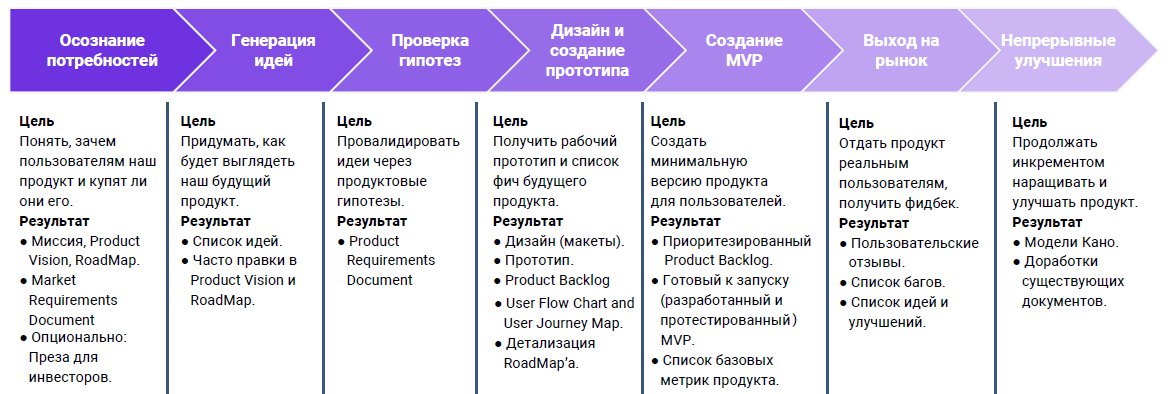 We don't have the technical expertise required to get the job done. We're looking to scale down our in-house engineering overhead and are examining the costs of contracting out our technical work.
We don't have the technical expertise required to get the job done. We're looking to scale down our in-house engineering overhead and are examining the costs of contracting out our technical work.
If you have a specific project in mind, please provide a brief description here:
If there is a timeline for this project, please provide a brief description here:
The article explores the conceptual foundations of the market for scientific and technical products. The market of scientific and technical products is considered by the authors as a separate segment of the commodity market, which has a number of characteristic features. The article presents and reveals the following features: the specifics of the goods sold on this market; features of the formation of supply and demand; non-standard pricing mechanisms; Mandatory presence of own infrastructure. nine0006
nine0006
Key words: scientific and technical activities, scientific and technical products, scientific and technical products market, intellectual property
Today, Russia has taken a course towards the development of a post-industrial economy based on the production of high-tech products and services. Currently, the underdevelopment of the market for scientific and technical products does not allow to fully benefit from domestic scientific achievements, as a result, most promising scientific developments are not implemented. nine0003
The complexity and uniqueness of the Russian situation after the collapse of the USSR was that the country received a large-scale scientific complex, represented only by the public sector of science, while the share of government spending in GDP has significantly decreased. As a result, the possibilities for financing science have been reduced many times over compared to the late Soviet period. From the point of view of the availability of resources for science, Russia found itself in the position of a third world country. In terms of research and development (hereinafter, R&D) funding per capita, it was behind most countries of the Organization for Economic Cooperation and Development (hereinafter, OECD) and even a number of countries in Central and Eastern Europe. nine0003
From the point of view of the availability of resources for science, Russia found itself in the position of a third world country. In terms of research and development (hereinafter, R&D) funding per capita, it was behind most countries of the Organization for Economic Cooperation and Development (hereinafter, OECD) and even a number of countries in Central and Eastern Europe. nine0003
However, the scientific and technical potential that has survived to date is sufficient to form a market for scientific and technical products on its basis. A stably functioning market for scientific and technical products will not only allow the development and stabilization of market forms of organization of scientific research, but will also attract big business to finance such research, which is interested in increasing the competitiveness of its products [7].
Based on the theory of post-industrialism, in the conditions of accelerating scientific and technological progress, the creation of scientific, innovative and technical products isolated at earlier stages of economic development should not be considered as independent technological cycles, but as a single interconnected and interdependent innovation process.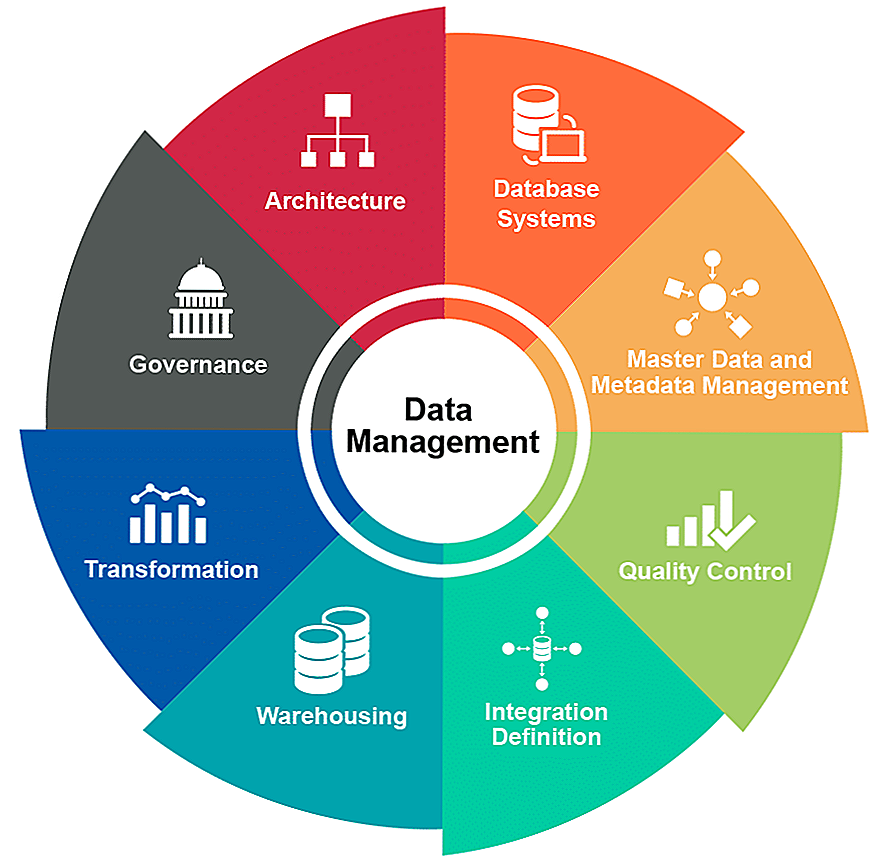 Its implementation requires a more complex, in comparison with the industrial period, reproductive system that meets the requirements for the unhindered advancement of innovations from the sphere of science to the sphere of production. This role in the development of the economy is played by the national innovation system (hereinafter referred to as NIS), the central link of which is the market for scientific and technical products [5]. nine0003
Its implementation requires a more complex, in comparison with the industrial period, reproductive system that meets the requirements for the unhindered advancement of innovations from the sphere of science to the sphere of production. This role in the development of the economy is played by the national innovation system (hereinafter referred to as NIS), the central link of which is the market for scientific and technical products [5]. nine0003
An analysis of literary sources shows that in the system of modern views, the market for scientific and technical products is considered as a separate segment of the commodity market, which has a number of characteristic features. The most significant among them are the following:
- the specifics of the goods sold on this market;
- features of the formation of supply and demand;
– non-standard pricing mechanisms;
– Mandatory presence of own infrastructure. nine0003
Scientific and technical activities are understood as activities that include the conduct of applied research and development in order to create new or improve existing methods and means of implementing specific processes. In addition to the main types, scientific and technical activities include works on scientific and methodological, patent-licensing, software, organizational, methodological and technical support for the direct conduct of scientific research and development, as well as their distribution and application of their results. nine0003
In addition to the main types, scientific and technical activities include works on scientific and methodological, patent-licensing, software, organizational, methodological and technical support for the direct conduct of scientific research and development, as well as their distribution and application of their results. nine0003
Accordingly, scientific and technical products include the results of scientific and technical activities. They are contained in research reports, reports, descriptions, monographs and other printed publications, in design, technological and accompanying documentation, software, models, layouts, prototypes of substances, materials and products, regulatory documents.
However, despite the fairly complete, from a legal point of view, definition given to scientific and technical products, its concept requires more detailed scientific consideration. First of all, this is due to the fact that in the publications available on this topic, concepts that are terminologically close to it are often identified, which is unacceptable from the point of view of state regulation, since as a result an adequate idea of the object of its purpose is not created.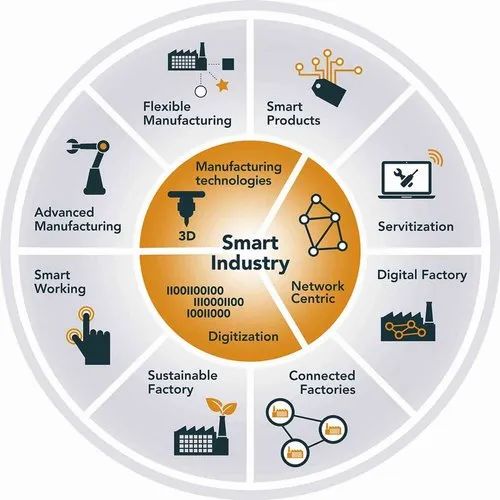 nine0003
nine0003
According to the definition of Academician of the Russian Academy of Sciences V. L. Makarov, scientific and technical products are codified knowledge, through the market of which an interface is organized between its producers and consumers [6]. Despite the fact that such an approach is quite legitimate, it contributes to the formation of only general ideas about its content. According to [2], this type of product is considered as innovative, which, from our point of view, is already fundamentally wrong. To substantiate our position, we interpret the concept of scientific and technical products based on an analysis of the structure of a complete innovation cycle. nine0003
The duration of the innovation life cycle is considered by modern researchers from the moment of the birth of a scientific idea and until the product leaves the market.
Obviously, innovation as a commodity must exist throughout the entire innovation cycle. Therefore, it will include both commercialized research and development results and end-use products (equipment, consumer goods).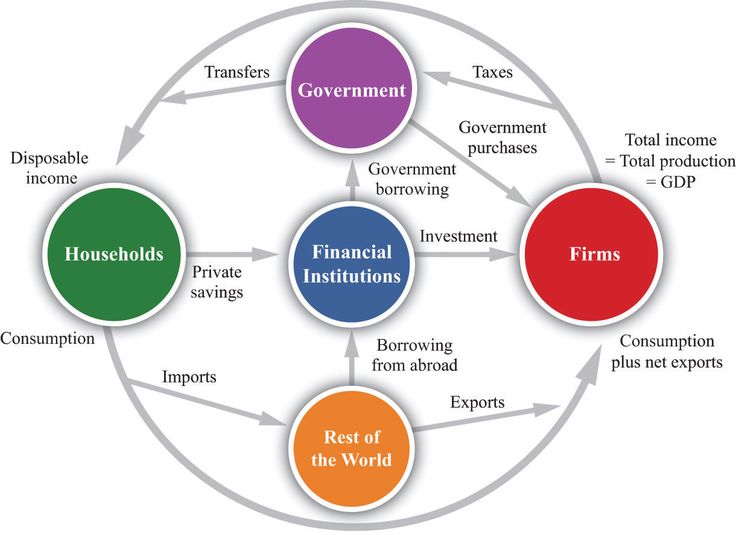
However, in the form of scientific and technical products, innovation should be considered only in the scientific phase of the cycle, which includes four main stages: fundamental research; applied research; experimental design developments; creation of samples of new products and processes. Thus, its difference from any other innovative product lies in the fact that within the boundaries of consumption it is of an intermediate nature and is not produced in mass production. nine0003
From the positions under consideration, it is also an obvious methodological mistake to equate the scientific and technical market with the markets for high-tech and science-intensive products. It is necessary to distinguish that the latter refer only to a group of goods that are characterized either by belonging to the emerging core of the VI technological mode in the economy, and this is space and robotics, products obtained through the use of nano- and biotechnologies, or to the list of products, the science intensity of which (according to the classification of the Organization for Economic Cooperation and Development) exceeds 8. 5%: telecommunications equipment, fine chemicals, pharmacological substances, medical electronics, etc. [5]. nine0003
5%: telecommunications equipment, fine chemicals, pharmacological substances, medical electronics, etc. [5]. nine0003
Purely theoretically, scientific and technical products as an intermediate product belong to this market segment, but do not determine the principles of its formation and regulation. From our point of view, based on the meaning given to it by the World Intellectual Property Organization, scientific and technical products are nothing more than materialized (in the product) objects of intellectual property in the scientific and industrial fields. This is what determines its specificity in the overall structure of the market [1]. nine0003
This implies an important consequence, which is that the market for scientific and technical products should be a kind of mechanism for the transfer of innovations from the field of science to the field of production. Therefore, first of all, it should be designed to update and commercialize the results of R&D, as well as the organization of civilized trade in non-material innovations: licenses, patents, scientific ideas, developments, etc. [5].
[5].
At the present stage of innovative development of the economy, the market for scientific and technical products is becoming increasingly important. It not only ensures the actualization and commercialization of intellectual property, but also allows it to be included in economic circulation, organize legal protection, and create favorable conditions for the formation of international alliances. Therefore, one of the effective directions for the innovative development of the economy is the integration of the national market of scientific and technical products into the local network of the global exchange of know-how, technologies and prototypes of new products. nine0003
The market of scientific and technical products performs the most important linking function for the state in the field of innovation, which cannot be carried out by conventional market methods. It becomes the regulatory mechanism that allows economic methods to solve the problem of transferring innovations from science to production.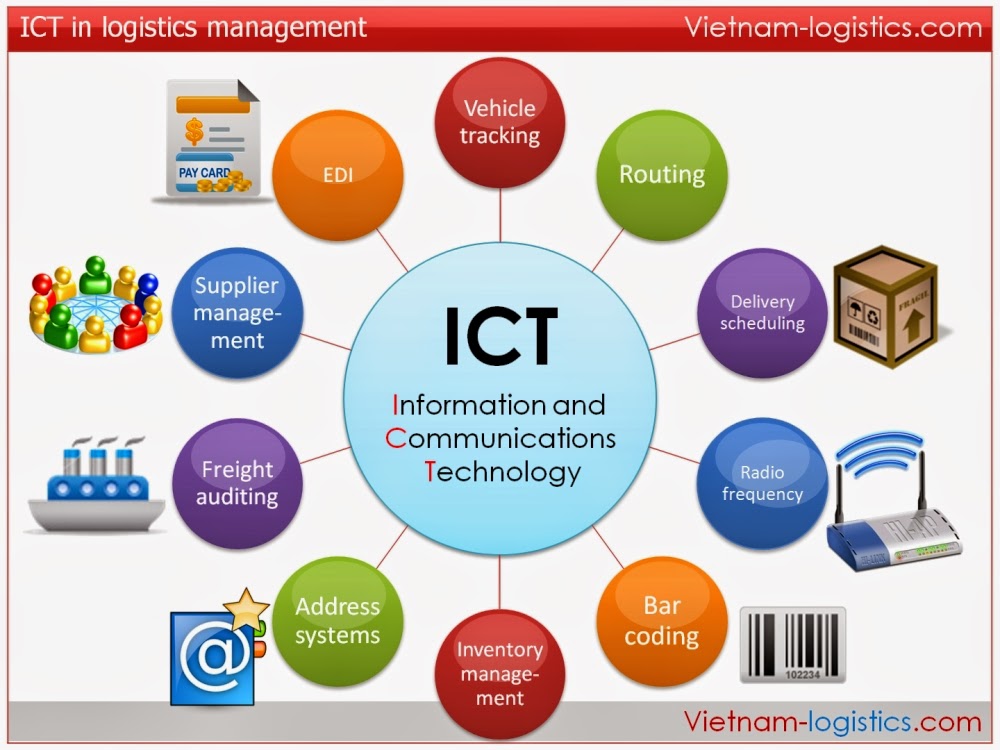
Thus, the market for scientific and technical products is the most important economic mechanism that ensures the actualization, development, commercialization and use in production of intellectual property objects created in the field of science, systematically contributing to the integration of the national innovation system into the global economic space. nine0003
Demand and supply in the market of scientific and technical products are difficult to predict due to the complexity, dynamism and unexpectedness of the production process of such products. However, the manufacturer of a fundamentally new scientific and technical product dictates the price of its product, becoming a monopolist on the market for some time and protecting its products with titles of protection.
Pricing mechanisms in the market of scientific and technical products, based on its characteristic specifics of supply and demand. According to generally accepted approaches, the price of scientific and technical products should lie within the cost of production costs, on the one hand, and the revenue (taking into account profit), which theoretically can be obtained as a result of the practical use of innovation, on the other [5].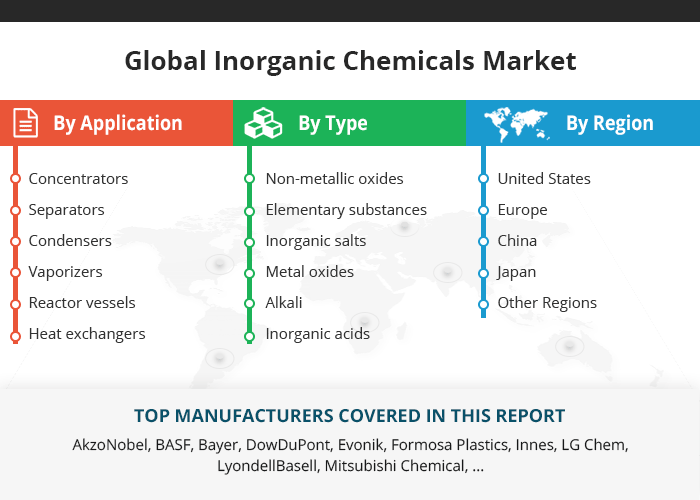 nine0003
nine0003
If the state acts as a buyer (customer) of scientific products, then, due to its non-commercial nature, the assessment of the cost of work will be of a non-market, non-motivational nature and be based, as is usual in post-Soviet countries, on the residual principle of budgetary financing of research and development. As a result, such an approach entails the discriminatory exploitation of scientific work, a decrease in its prestige, and in the long term leads to the decline of scientific schools. nine0003
Industrial enterprises can also act as customers of scientific and technical products. Moreover, the higher the general level of development of the economy, the greater the innovative activity of its production sector, the share of which in the financing of R&D in the developed countries of the world reaches 75% [5]. At the same time, the state mainly assumes the functions of stimulating entrepreneurial activity in the field of innovation, creating a favorable investment and innovation climate.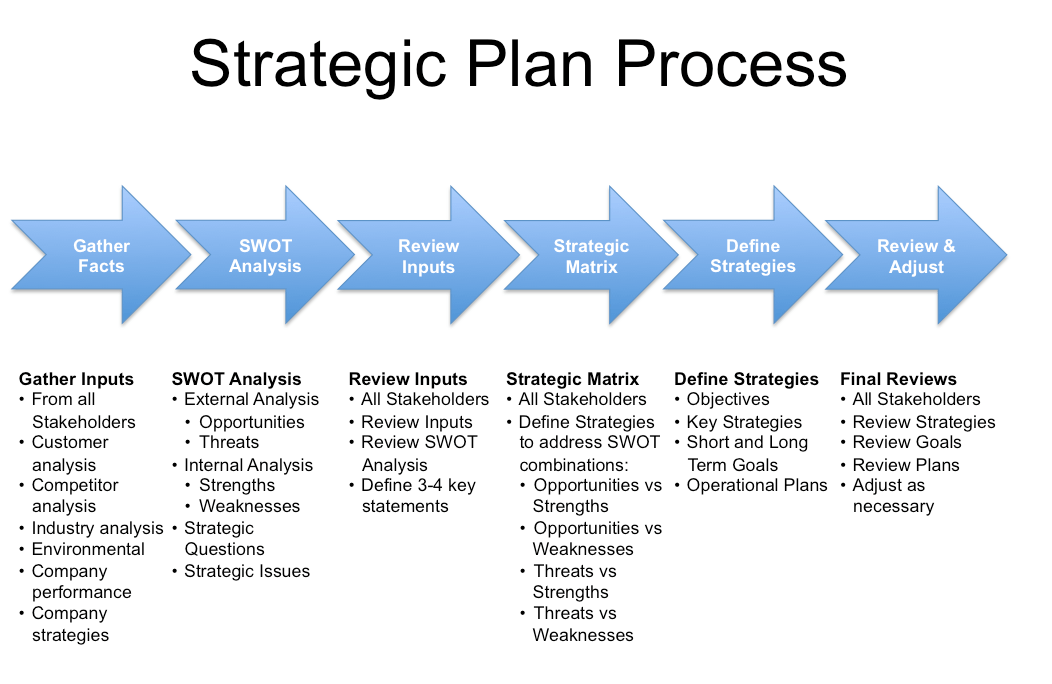 It eliminates objective "market failures", subsidizes fundamental science and research in the social and humanitarian sphere. Enterprises, on the other hand, finance research and development in the industrial and technological direction in ever-increasing volumes. nine0003
It eliminates objective "market failures", subsidizes fundamental science and research in the social and humanitarian sphere. Enterprises, on the other hand, finance research and development in the industrial and technological direction in ever-increasing volumes. nine0003
This is where the law of pricing comes into play, according to which the state order for R&D minimizes (lowers) the cost of their implementation, while state subsidies increase it. This is due to the fact that the buyer in the second option becomes an economic entity, striving to make the price of products as market-oriented as possible, and not administrative.
It should be noted that the cost of fundamental research and innovations created in the social sphere (public-functional innovations), then the idea of it should lie outside the traditional approaches to the commodity market. The price for this type of product, regardless of the economic effect that follows it, should be determined "on a circle" and consist of the remuneration of scientists, including the social benefits provided to them by the state. nine0003
nine0003
Obviously, even with the highest valuation of their contribution to the process of innovative development of the country, it will be difficult to overestimate it. The economic efficiency of fundamental research can be determined at least indirectly, without taking into account social income (according to Mansfield's study, the rate of return is 30% per annum [9]). as a strategic resource of the 21st century, has no chance of a dominant position in the global post-industrial hierarchy. Not to mention the fact that the impact of socially functional innovations on economic growth, according to a number of researchers, becomes decisive in many cases [2]. nine0003
If the cost of scientific products will be determined under the dominant influence of the seller. The price of scientific and technical products for the buyer in this case will be maximum. The only way to reduce it lies for him in the creation of technological alliances, which will allow one-time contractual relations to turn into long-term economic partnerships [5].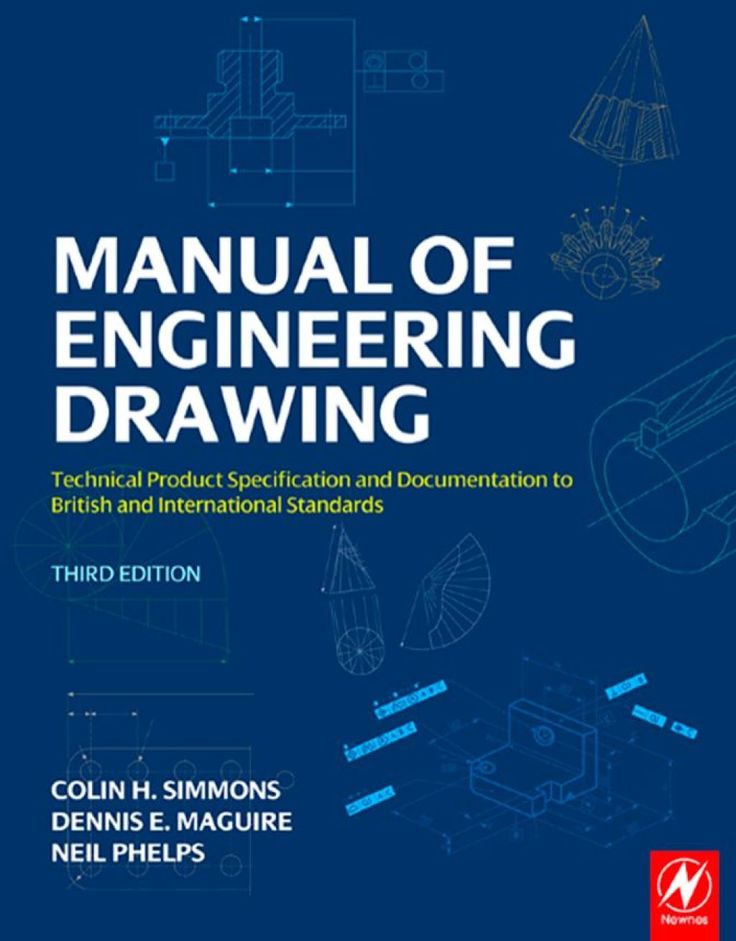
It should be noted that when R&D is financed by a venture fund, there is a fairly clear pricing. The amount of costs for their implementation will be balanced, allowing researchers to be encouraged to be creative. First of all, this is due to the fact that fund managers are not only the most professional, in comparison, for example, with government officials, behave in the market, but they are also financially interested owners of intellectual property at a very long stage of the innovation cycle: from the moment the research task is set and before the start of expanded reproduction of the product based on its results. Thus, they assume the full amount of risks that exist in the field of innovation and, therefore, are most likely to represent the significance and cost of each development, as well as the amount of profit that can be obtained from its practical use. nine0003
Payment for scientific and technical products is investment (according to the duration of the expected result), venture capital (if it is possible to achieve a positive effect), and lump sum (according to the form of payment). In the same case, when scientific and technical products ready for development in production become the subject of purchase and sale, the situation changes significantly. The degree of risk increases in accordance with the increase in the cost of costs, which, according to [4], when mastering innovations in production increase by more than 20 times. nine0003
In the same case, when scientific and technical products ready for development in production become the subject of purchase and sale, the situation changes significantly. The degree of risk increases in accordance with the increase in the cost of costs, which, according to [4], when mastering innovations in production increase by more than 20 times. nine0003
As a result, the buyer transfers part of his risks to the seller, offering him payment in the form of royalties from the income that will be received in the process of selling products produced on the basis of the use of the R&D results he acquires. It is also possible here to combine a lump-sum payment and royalties, when the first fully covers the seller's expenses incurred by him in the production of a scientific and technical product, and the second pays him a fee for waiving legal rights to an intellectual property object, which is a potential source of profit. nine0003
Consequently, this form of payment is associated with significant transaction costs, which increase the final price of products and reduce their competitiveness in world markets. An alternative to this process can be the integration of the national innovation system and, first of all, its innovation infrastructure into the international economic network [5].
An alternative to this process can be the integration of the national innovation system and, first of all, its innovation infrastructure into the international economic network [5].
Innovative activity is distinguished by a high degree of dependence of its direct participants, which determine the sequence of the technological cycle, on the presence of a structural and functional environment that contributes to its systemic development. The need for its formalization adequate to the emerging requirements led to the emergence of the concept of innovation infrastructure in economic terminology. nine0003
At the initial stage, in addition to the subjects of innovation activity, which are indirectly related to it and characterized by an auxiliary and service orientation, the innovation infrastructure included research organizations, financial and credit and managerial state institutions. However, later, with the introduction of the concept of a national innovation system into scientific and practical circulation, all institutional and macroeconomic functions related to the innovation sphere were transferred to the NIS, outlining the range of tasks for the innovation infrastructure to ensure and service innovation activities, create a favorable innovation and investment climate. nine0003
nine0003
As a result, from the point of view of its intended purpose, the innovation infrastructure is actually identified with the infrastructure of the market for scientific and technical products. The basis of the infrastructure that ensures the functioning of the entire market of scientific and technical products is the specialized subjects of innovative activity.
Thus, the commercialization and use of own results of scientific and technical activities, an increase in the costs of science and innovation, stimulation and state support for the use of domestic inventions and their implementation in basic innovations, an increase in scientific, inventive and innovative potential, an increase in the competitiveness of the state economy, as well as a reduction technological backwardness and dependence on technologically developed countries are the main principles for the formation of a market for scientific and technical products. nine0003
Literature:
 Geneva, 1998.
Geneva, 1998. 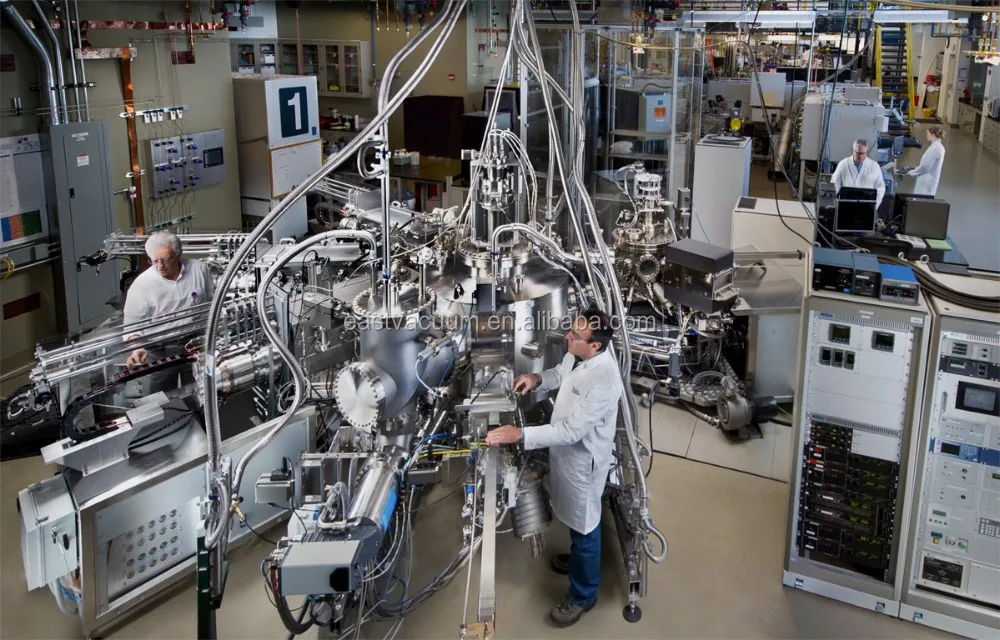 11, 2008 nine0096
11, 2008 nine0096 Basic terms (automatically generated) : scientific and technical products, intellectual property, innovation activities, innovation infrastructure, scientific and technical activities, market, national innovation system, innovation, development, commodity market.
31st International Trade Fair for Security Technology and Equipment for Security and Fire Protection
November 28-30, 2023
Reserve a booth Benefits of participation
Product catalog
2022
Find new customers at Sfitex 2023
✓ Use the unique opportunity to present your products to a wide audience of specialists and get free access to key buyers and distributors
✓ Negotiate directly with potential customers who are difficult to target online.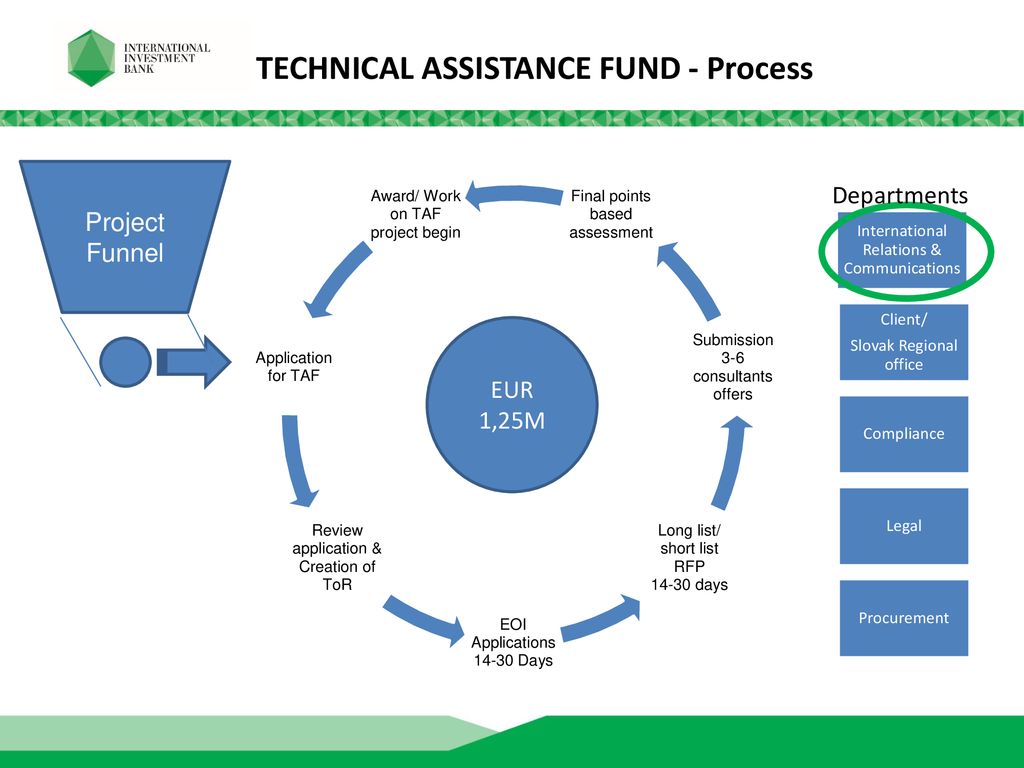
✓ Find out the needs of your target audience and create the best offers to increase sales. nine0003
✓ If your company is not at the exhibition, your competitors can “intercept” your regular customers.
Show at your company's booth how your equipment works, demonstrate the technological features of the products, so that when they return from the exhibition, the experts make a decision to purchase a product whose manufacturability and quality they have already appreciated.
Book a booth
Sfitex - the key exhibition of security equipment and equipment for security and fire protection in the North-West of Russia
Participation in Sfitex will allow:
✓ hold personal meetings and direct negotiations with target visitors
✓ establish new business contacts
✓ demonstrate your company's capabilities, equipment advantages and proposed solutions
✓ find out the needs of your target audience and form the best offers to increase company sales in 2023
✓ get up-to-date information about the market and positioning of your competitors; nine0003
✓ increase its market share and strengthen its presence in the North-West region.
Benefits of participation
Use the sponsorship and advertising opportunities of the exhibition to increase sales
Sfitex 2023 is an effective tool to increase sales of modern equipment and increase awareness of the company's brand and products.
Using the sponsorship and advertising opportunities of Sfitex, your company gets an excellent opportunity to attract the attention of a significant professional audience to your products both during the exhibition and long before it. nine0003
Additional promotional tools provide wide coverage and impact on a large number of specialists of design and installation organizations, manufacturing enterprises in various industries and regional dealers in the North-West region.
The content of sponsorship packages can be tailored to your company's marketing goals, objectives and interests.
Exclusive features
News
December 29, 2022
Happy New Year!
Read news
December 28, 2022
MVK summed up 2022
Read news
15 December 2022
Results of the exhibition SFITEX 2022
Read News
Watch all News
About the exhibition
SFITEX - MORE THAN AN EXHIBITION!!
• Industry leading companies in one place
• Unique audience of professional visitors nine0129 from the North-West region of Russia
• 3 days of constructive negotiations
with potential customers
• Busy business program
The exhibition is held simultaneously with the forum "Russian Industrialist"
The international forum-exhibition "Russian Industrialist" is a federal platform for discussions and consultations between big business and the state, leading technology companies, medium and small businesses on the development agenda in modern conditions. nine0003
The main topics of the forum "Russian Industrialist" 2022 are measures of state support for industry in modern conditions, import substitution, digitalization, training of engineering personnel and international industrial cooperation.